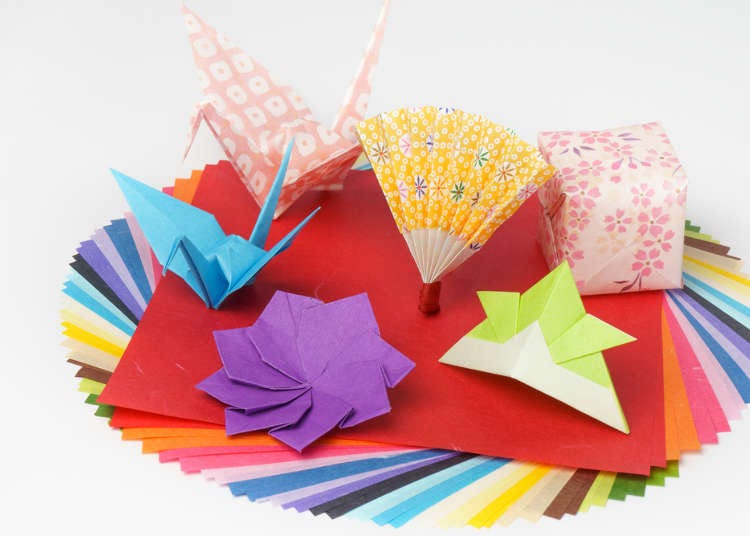
In Japan, the tradition of folding square-shaped paper to make various shapes is known as origami. This form of paper artwork can range from simple to complex. Cranes, hats, animals, flowers, and shuriken are among the most common and traditional origami creations you may come across.
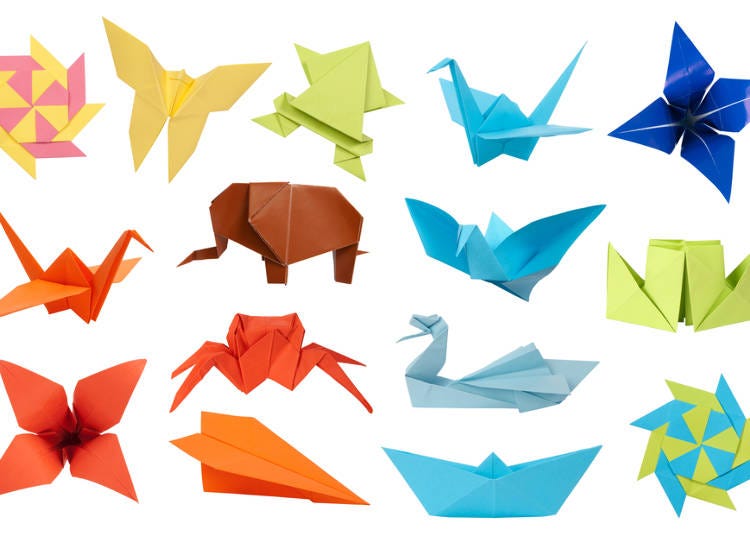
The main keys to remember when doing origami is to fold not only in the correct places, but also in the proper order.
A Skill Learned from Childhood
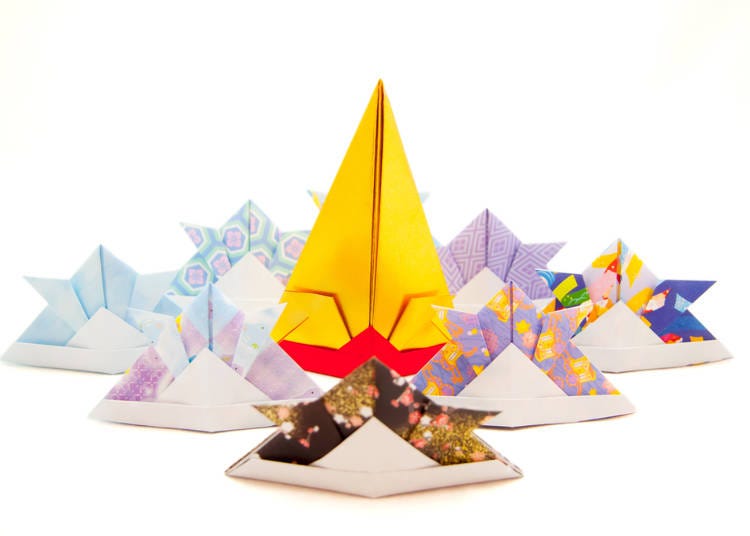
It is very common for Japanese children to learn origami at kindergarten age, starting with simple figures, and moving on to the more complex as they improve their skills. A person who is skilled at origami can make a crane in just a few short minutes, and a kabuto (helmet) in as little as 30 seconds.
Lucky Origami
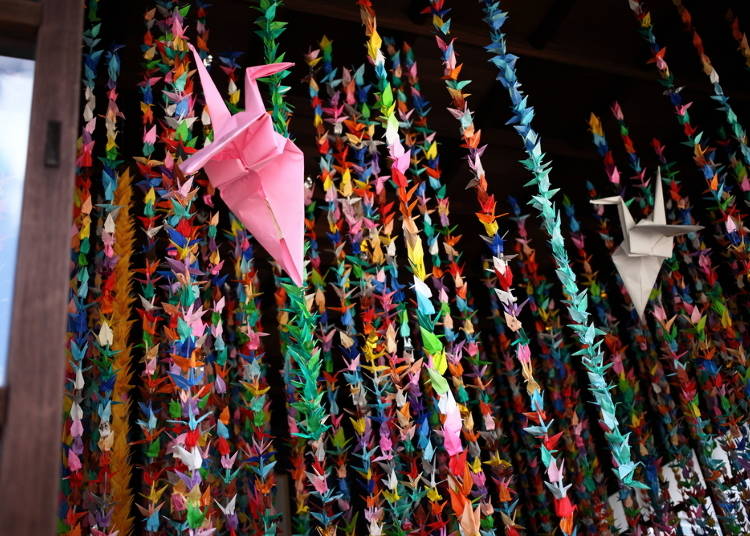
It is believed that string of 1,000 paper cranes is a symbol of longevity. It is also traditional to give this to people who are ill or hospitalized, as a way to wish for their recovery and a long, healthy life.
Chiyogami
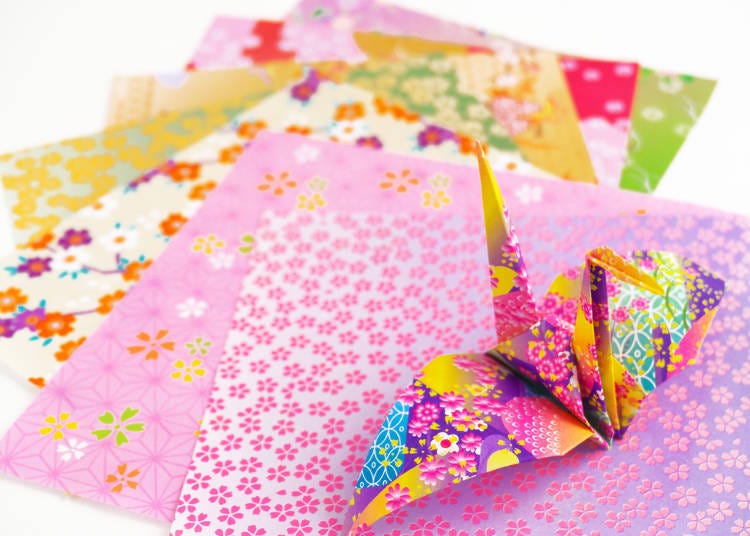
Originally, origami was always folded with a colorful type of Japanese paper called ‘chiyogami.’ During the early days of origami, the craft itself was actually referred to by this name as well. Even today, chiyogami can be seen in souvenir shops in Japan.
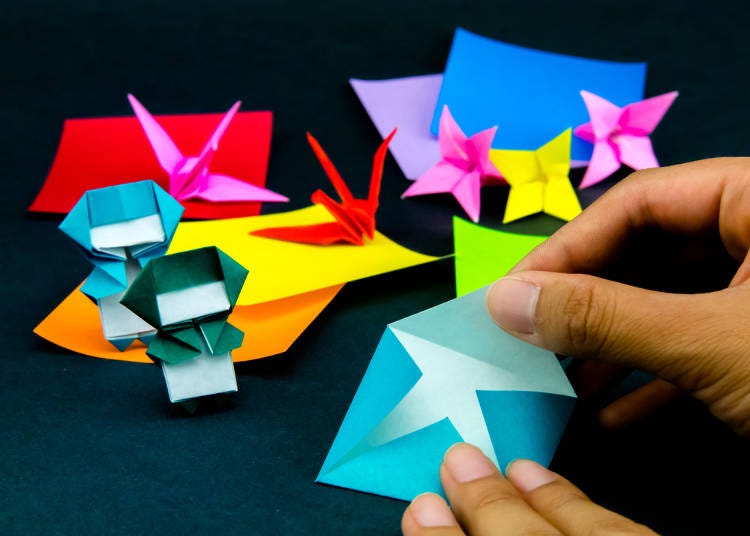
Why not try your hand at making some origami for yourself?
*Prices and options mentioned are subject to change.
*Unless stated otherwise, all prices include tax.
Popular Tours & Activitiess
Recommended places for you
-

Sapporo Clock Tower
Landmarks
Sapporo / Chitose
-
Appealing

Shiroi Koibito Park
Theme Parks
Sapporo / Chitose
-
Appealing

Rukku and Uohei
Izakaya
Sapporo / Chitose
-

Niseko Village Ski Resort
Skiing & Snowboarding
Niseko / Rusutsu
-
Appealing

Asahiyama Zoo
Zoos, Aquariums & Botanical Gardens
Asahikawa
-
Appealing

Otaru Canal
Rivers, Lakes & Canyons
Otaru
-

2025 Autumn Colors Report: Kurobe Gorge Nearing Peak
by: Timothy Sullivan
-

Enjoy Japan's Gorgeous Winter Lights! Ride the Romancecar to Shonan no Hoseki Illumination
by: Guest Contributor
-

A Travel Game Changer! Go Hands-Free Between Tokyo and Kyoto with LUGGAGE EXPRESS by JTB and JR Tokai
by: Guest Contributor
-

Get Ready to Catch 'Em All! First Ever Permanent Outdoor Pokémon Park Opening Near Tokyo!
-
Ad
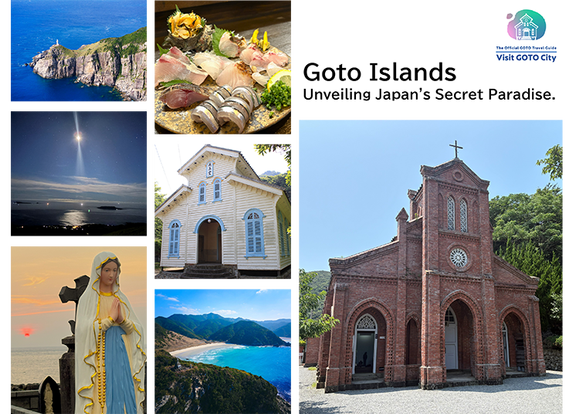
Walk in the Footsteps of Believers: A 4-Day Pilgrimage Across Goto Islands, Nagasaki Prefecture
by: Yohei Kato
-

Black Friday 2025: These Are THE Japan Travel & Shopping Deals to Check Out
-

10 Important Japanese Phrases to Know Before You Enter a Japanese Convenience Store!
by: Teni Wada
-

Do's & Don'ts: 9 Weird Things Tourists Often Forget at Onsen in Hokkaido
-

(Video) Walking Tour along Narita Omotesando - Quaint Historical Village near Narita Airport!
by: Victor Gonzalez
-

Top 4 Sightseeing Spots Near New Chitose Airport: From Outlets to Beautiful Gardens
-

Tokyo Train Map: Your Essential Guide to Subways and Railways
-

Enjoy Scenic Views and Outdoor Activities in Northern Japan! Top things to do in Onuma Quasi-National Park
- #best sushi hokkaido
- #things to do hokkaido
- #best ramen sapporo
- #what to bring to japan
- #new years in tokyo
- #what to buy in ameyoko
- #japanese nail trends
- #what to do in odaiba
- #onsen tattoo friendly tokyo
- #daiso
- #best sweets otaru
- #japanese fashion culture
- #best nature furano
- #japanese convenience store snacks
- #best japanese soft drinks
















